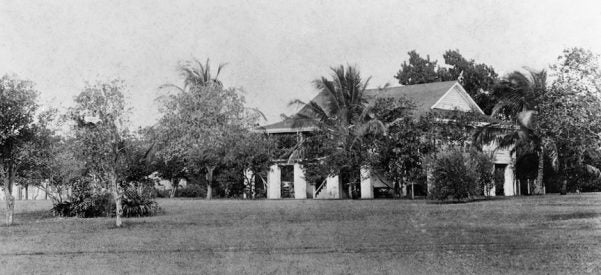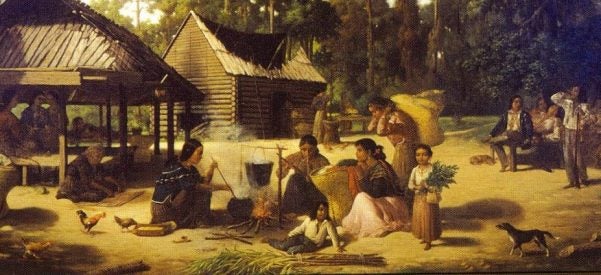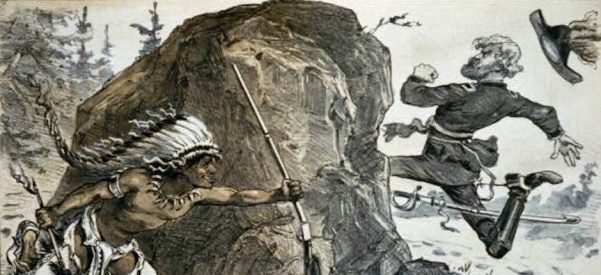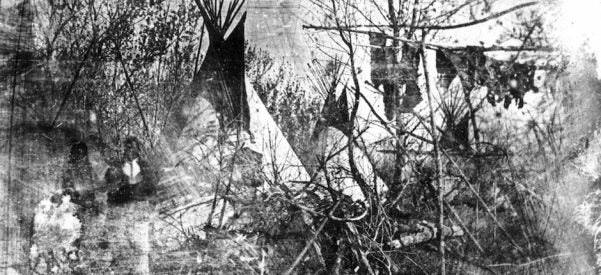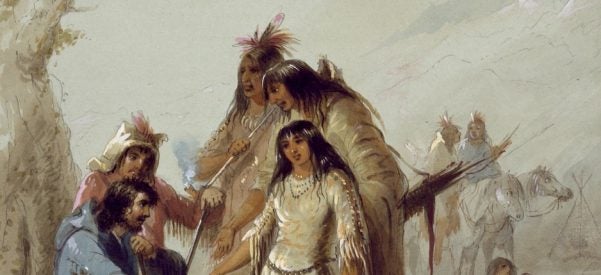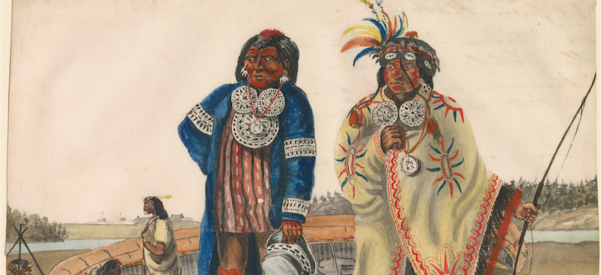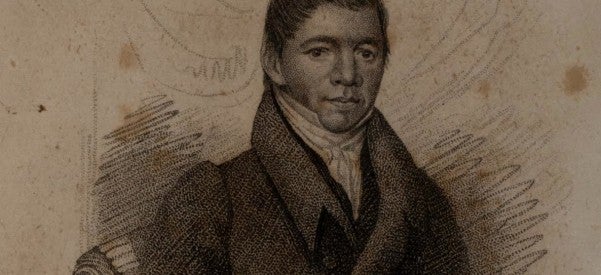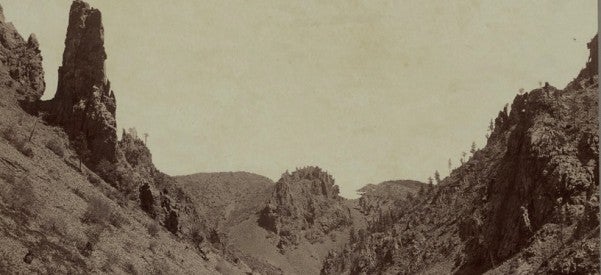Explore
: Native Americans
Indians, Slaves, and Spanish Missionaries Settled the Area, but Marketers and Entrepreneurs Erased Their Legacy
By Andrew K. Frank
February 12, 2018
Miami is widely known as the “Magic City.” It earned its nickname in the late 19th and early 20th centuries, shortly after the arrival of Henry Flagler’s East Coast Railroad and the opening of his opulent Royal Palm Hotel in 1897. Visitors from across the country were lured to this extravagant five-story hotel, at the edge of the nation’s southernmost frontier. From their vantage point, South Florida was the Wild West—and Miami could only exist if incoming settlers were able …
Read More >
"Alabama Fever" Triggered a Takeover by Cotton Planters of America's Oldest Indigenous Region
By Christina Snyder
January 2, 2018
The Old South wasn’t really that old. Plantations appeared in many areas of the Deep South only a few decades before the Civil War.
Before that, the South was Indian country.
The South’s long and rich Indigenous history is unknown to many Americans. But once you look, the signs are everywhere: in Native place names (Alabama, Arkansas, Chattahoochee, Tallahassee, Tennessee); in hundreds of earthen mounds—some half-destroyed, others still towering; and in the Native communities that remain in or near their homelands.
Native …
Read More >
Oliver Otis "Uh Oh" Howard Was a Crusader for Ex-Slaves and a Scourge of Native Americans
By Daniel Sharfstein
May 12, 2017
When God first visited him in 1857, Oliver Otis Howard was a lonely army lieutenant battling clouds of mosquitoes in a backwater posting that he described as a “field for self-denial”: Tampa, Florida. Howard had spent his life swimming against powerful tides. Ten when his father died, he had to leave his family in Leeds, Maine, and move in with relatives. Through constant study, he made it to Bowdoin College at age 16, graduating near the top of his class …
Read More >
The Sole Surviving Image of the Perilous Journey Provides a Crucial Bridge to History
By Steve Rivo
January 27, 2017
On a cold day in late November 1853, in a place called Big Timbers, in what is today southeastern Colorado, a Jewish photographer named Solomon Nunes Carvalho hoisted his ten-pound daguerreotype camera onto a tripod and aimed his lens at a pair of Cheyenne Indians. At first glance, the resulting image, scratched and faded from years of neglect, seems unremarkable. But in fact it is probably the oldest existing photograph of Native Americans taken on location in the western United …
Read More >
Until 1930, American Women Like Harriett Gold Lost Their Citizenship When They Married Foreign Nationals, Even If Those “Foreigners” Were Native Americans
By Ann McGrath
July 28, 2016
Mixed couples in the United States—those who crossed boundaries between Indian Nations and the European newcomers—left permanent legacies well beyond the families they created. They also shaped the meaning of nation and citizenship.
Historically, U.S. policymakers were troubled by such marriages not only on the grounds of race, but also because they created conflicting loyalties within the American nation. The questions of consent and coercion are at the essence of contests over sovereignty. And consent is a central tenet of …
Read More >
The Anishinaabeg Played an Outsized Role in World Affairs
By Michael A. McDonnell
January 5, 2016
When a young George Washington approached the forks of the Ohio River in the spring of 1754, he was nervous. The previous year, as he scouted the area that would become Pittsburgh to contest French claims to the region, he came across seven scalped settlers. His escorts told him it was the work of a group of Indians allied with the French. Returning to the area a year later, he heard that hundreds of those same Native Americans were on …
Read More >
The Short Life and Long Legacy of the 19th-Century Reformer William Apess
By Philip F. Gura
April 17, 2015
On April 1, 1839, a New York City medical examiner performed an autopsy on a man at a boardinghouse in a working-class neighborhood of lower Manhattan. He had performed scores of such examinations each month, but this one was especially significant though he did not recognize the person: 41-year-old William Apess had written more than any Native American writer before the 20th century, and had attained fame and notoriety in his short life for championing native peoples’ rights.
Still largely forgotten …
Read More >
Half a Continent West of the 13 Colonies, the Lakota Sioux Were Founding a Nation of Their Own
By Claudio Saunt
March 10, 2015
1776 was a pivotal year whose legacy continues to this day to shape the politics of the nation and the lives of its citizens.
I am writing, of course, about the Lakota Nation.
In that year of transformative events, the Lakotas, according to one traditional account, discovered the Black Hills and founded the modern Lakota Nation. (The Lakotas are the westernmost of the three Sioux political divisions.)
The significance of 1776 to both Lakota and U.S. history is a trenchant reminder that North …
Read More >
As Buffalo Bill’s Performers, They Were Walking Stereotypes. But a New York Photographer Showed the Humans Beneath the Headdresses.
By Michelle Delaney
January 27, 2015
Chief Iron Tail, photographed by Gertrude Käsebier
Read More >


